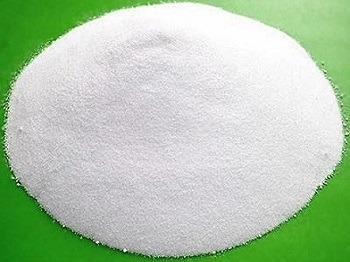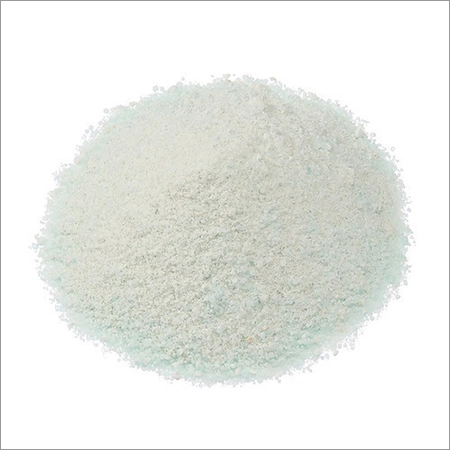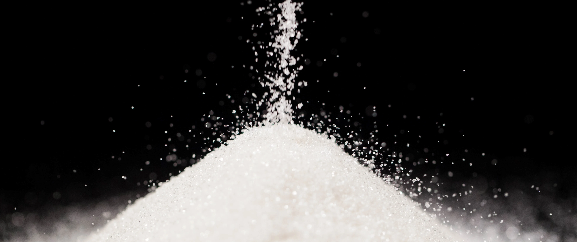Calcium Carbonate (Feed Grade)
|
IUPAC Name |
: Calcium carbonate |
|
Cas Number |
: 2836-50-00 |
|
HS Code |
: 2836.50.00 |
|
Formula |
: CaCO3 |
Basic Info
|
Appearance Name |
: Fine White Powder |
|
Common Names |
: Aragonite, chalk, or Limestone |
|
Packaging |
: PP-PE Bags or Jumbo Bags 27.5 MT/20ft container |




---china.webp)
 English
English
 Indonesian
Indonesian
 简体字
简体字
 العربية
العربية
 Español
Español
 Français
Français
 Português
Português
 日本語
日本語
 한국어
한국어
 Tiếng Việt
Tiếng Việt
